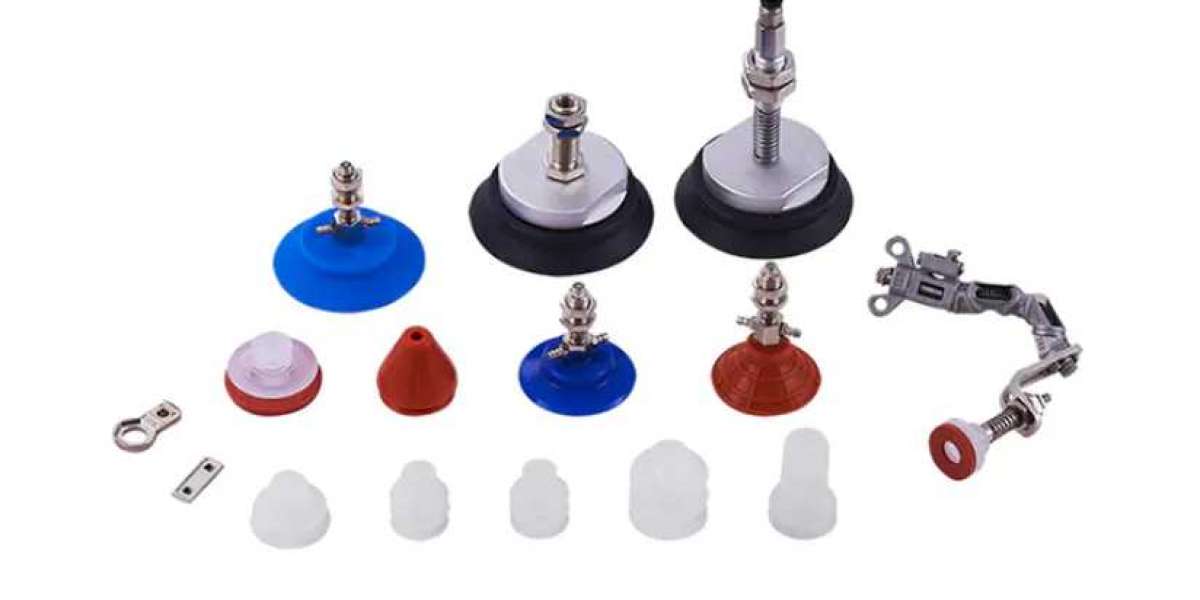Manipulator parts can be categorized into several types, each serving a distinct function in robotic systems. The most common types include:
Drive Mechanisms: These parts power the movement of the manipulator, using either electric motors, hydraulic systems, or pneumatic actuators. They are responsible for the speed and force of the manipulator's motion.
Transmission Systems: These parts transfer the power from the drive mechanisms to the joints, ensuring smooth and controlled movement. They can include gears, belts, or chains.
Structural Components: The backbone of the manipulator, these parts provide support and maintain the structural integrity of the arm. They are often made from lightweight yet strong materials like aluminum or carbon fiber.
Sensors and Controllers: These parts are responsible for the manipulator's intelligence, allowing it to sense its environment and make decisions based on feedback. They include encoders, cameras, and microprocessors.
End Effectors: The final link in the manipulator chain, end effectors are tailored to specific tasks, such as gripping, welding, or painting. They are designed to interact with the workpiece or environment directly.
Understanding the types and functions of manipulator parts is crucial for engineers and technicians when designing, maintaining, or repairing robotic systems.







